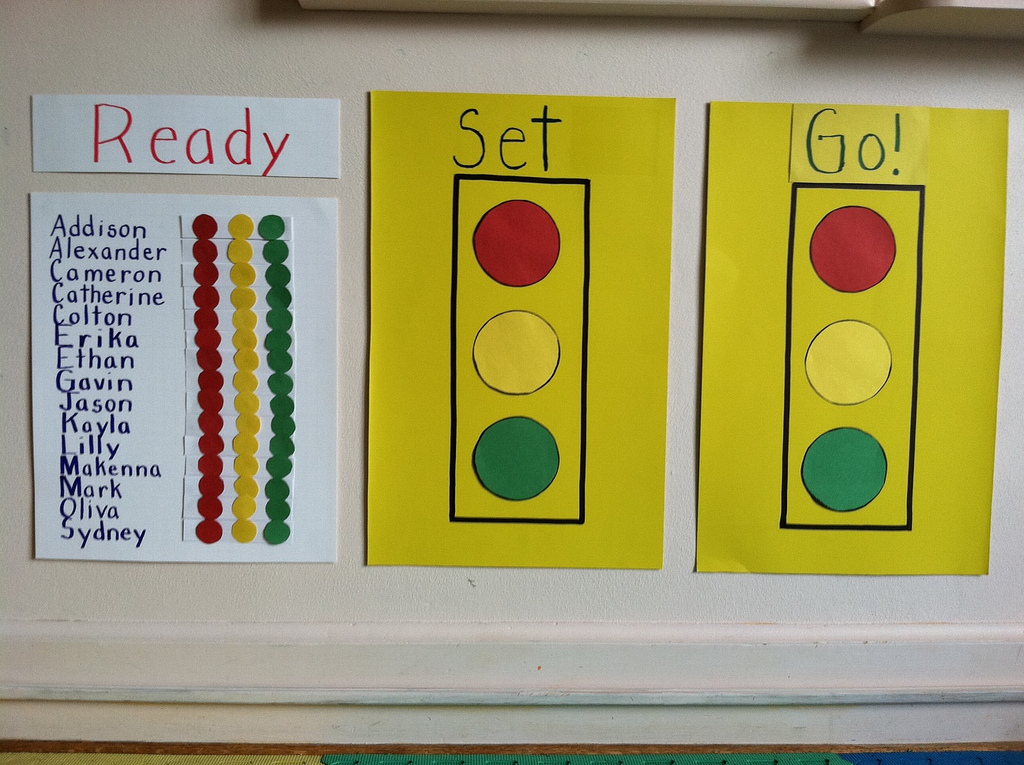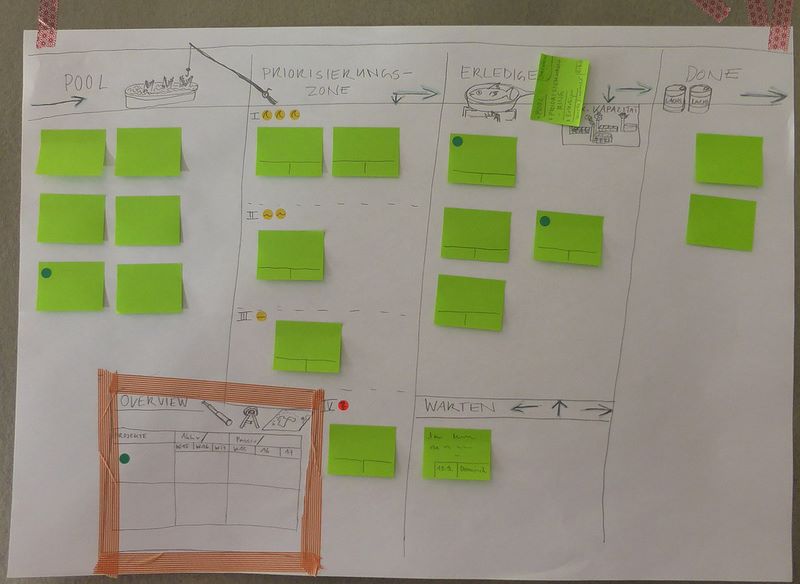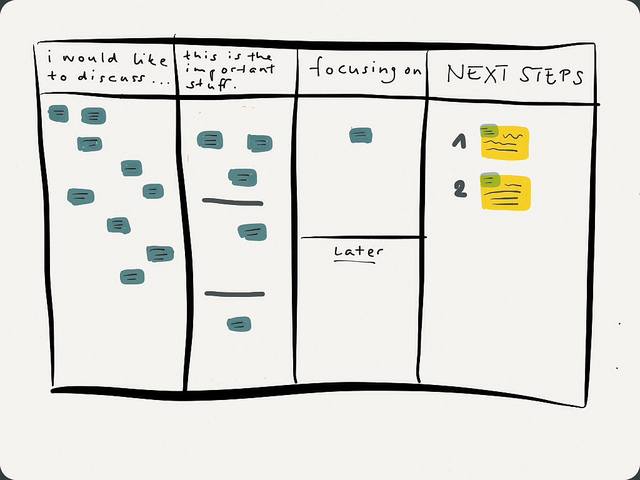Preschool + Personal Kanban = Kidzban Success
After teaching in the 4 & 5-year-old student preschool class for many years, the last year I taught I became a teacher in the 3-year-old student classroom. While excited, I knew it would be a challenge when setting up my classroom because many of these students would not know how to read or would have a very limited sight word knowledge. The classroom would have to be highly visual. I knew I wanted to use Kanban in the classroom, my challenge was how I was going to use it.
The first month of school I wanted to teach my students about being aware of the world around them and the rules of safety when outside playing. So we focused a bit on stoplight safety. They knew what a stoplight was but had no idea about its function and what it meant for them when crossing a street with a caregiver. We first learned about the three colors and what each color stood for. Then to re-enforce what those colors meant they were each given a colored circle and asked to place them in the correct place on the stoplight and then tell the other students what that color meant- green safe to go, yellow slow down, proceed with caution, and red, stop. When we were sure they were confident and knew all three they then were asked to move their circles to the completed lane. They had fun watching each other move their circles and if a student was struggling the other students would collaborate with that particular student to help them put their circle in the correct spot. I heard from quite a few parents, that their child let them know when they went through a yellow light too fast or even through a red light! This safety stoplight kidzban was a big success.
One thing that I have found after 10+ years of teaching preschoolers is that they absolutely love to help you out in the classroom. So I knew from the point when I was assigned this class one of the Personal Kanbans I would design would involve classroom tasks. I wanted to design something that represented fun, so I decided on ‘flying a kite.’Here’s how this works: each student has a bow on the tail of the kite. Every day we chose the next name on the tail and that person gets to ‘fly the kite’ and essentially is the classroom leader for that particular day. The kite is divided into four sections, each section has a classroom task: flag holder, dressing the classroom weather bear, being the line leader, and ringing the clean-up bell. The student’s bow moves around to all four tasks as they need to be completed. The student who is the kite flyer for the day also wears a badge, that goes home with them at the end of the day.
Upon entering the room most students will walk over to check out the kite to see who is going to be the leader each day in our class. They are learning not only to recognize their name but the names of their classmates.
They have learned their tasks, if I happen to get sidetracked in the classroom doing another task students will come up and ask me, “Is it time for Judy to dress the weather bear yet?” A lot of times the student who asks me that question isn’t even the one to be the student leader for that particular day.
Group participation, when the student is dressing the weather bear, many other students come over to participate and offer help. This aids in learning to get along in group situations.
This is not a traditional kanban board, however it works just like a traditional kanban, there is a ready lane-the tail with the bows, a work in progress lane-the kite sectioned into four tasks, and completed lane-the bows placed under the words I flew the kite today.
This is giving my students the visual of their tasks, the ability to see themselves move around the classroom completing these tasks and the huge confidence of seeing their tasks completed.
The badge that they get to wear when they are the kite flyer-class leader for the day makes them feel important. Upon wearing it home it breeds conversations about what tasks they had to complete.
Every student knows they will get a turn, and they are excited when they see where their bow is placed on the tail and when their turn will be coming up.
It helped to get the students into the ‘groove’ of our classroom and what would be happening during their day. This is many of my students first experience in a structured classroom, and it can be very scary and intimidating the first few weeks. This helped greatly ease their minds and make the experience a positive one.
I found that my students were having a difficult time grasping the Thanksgiving holiday, so I decided that we would design a Thanksgiving Personal Kanban together in class during our circle time.
We set up the pilgrims traveling to the United States first, talked about how they would arrive then we talked about what they would need to learn to survive with the Native Americans, how they would grow food, prepare the food, etc. Then we discussed how their working together made them successful and happy, which brought us to celebrating Thanksgiving. By doing this kidzban together they learned more from the visual then by me just talking or reading from a book. They got to place the pictures on the board, and we all collaborated on why and how and what we thought they did next. The students loved working on this board together. Now they know that Thanksgiving is about more than just eating turkey.
My biggest hope is that I begin to see more and more teachers and educators using Personal Kanban in the their classroom. I firmly believe from pre-k through college this can be a class game changer and great collaboration tool across the board in every subject.This is an updated post that originally appeared on the Nothing is Out of Reach Blog.




















